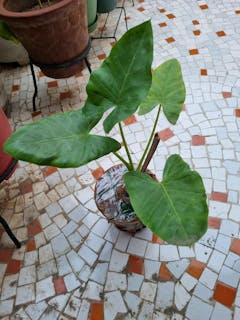Sai Sarbati
Family
Rutaceae
Origin
North East India & Burma
Description
The lemon, Citrus lemon is a species of small evergreen tree The tree's ellipsoidal yellow fruit is used for culinary and non-culinary purposes throughout the world, primarily for its juice, which has both culinary and cleaning uses. is used for culinary and non-culinary purposes throughout the world, primarily for its juice, though the pulp and rind are also used in cooking and baking. The juice of the lemon is about 5% - 6% citric acid, which gives lemons a sour taste. The distinctive sour taste of lemon juice makes it a key ingredient in drinks and foods such as lemonade.
Environment
Lemons are grown in both dry and humid atmospheres. The best time to plant tree is early in the wet season during June - July. Trees planted at this time can become well established before dry period begins. If however rainfall is uncertain or irrigation is not available at planting then the plants should be properly watered and mulched with dry vegetation to conserve water.
Salient Feature
- Plants grown from Tissue Culture are very healthy and are more disease resistant
- Fruit harvesting will be after one year of planting
- Fruit Size Medium- 40 gms to 50 gms
- Greenish yellow color fruits
- 52% Juice
Nutrition facts
- Rich source of vitamin C, providing 64% of the Daily Value in a 100 gms. serving.
- Contains numerous phytochemicals, including polyphenols, terpenes, and tannins.
- Significant concentrations of citric acid (about 47 g/l in juice)
Landscape Use
Good for a Garden, Farm & Bonsai





















